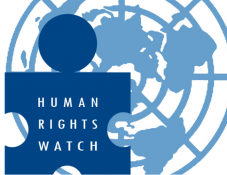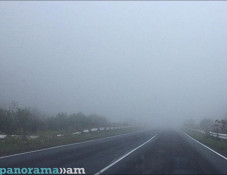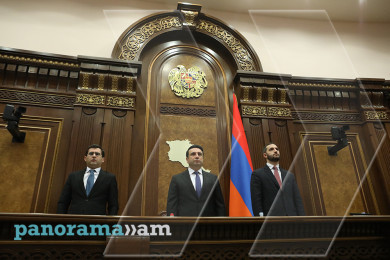
Iceland tops Europe as most expensive tourist destination
The hot springs of Iceland are not the only thing making tourists sweat, as a look at the hotel or lunch bill will tell you that most things cost more, sometimes much more, than anywhere else in Europe, AFP reported.
On the subarctic island, consumer prices were on average 56 percent higher than the rest of Europe in 2018, making Iceland the single most expensive country, ahead of Switzerland (52 percent), Norway (48 percent) and Denmark (38 percent), according to Eurostat data.
In order to avoid unpleasant surprises, Quint Johnson, had done "some research," before travelling to Iceland from the United States for a week's vacation with his family.
"But it's been a little bit of a shock," the 22-year-old student told AFP, having discovered the chilling rates for familiar items like a simple hamburger with fries and a beer.
A glance at the menu at an Icelandic restaurant will tell you that a plain cheese pizza will run you around 2,400 kronor -- almost 17 euros ($19) -- a glass of wine will be at least 10 euros and a pint of beer costs about 7 euros.
"That's a big price jump compared to what I'm used to," Johnson said.
According to the consumer price comparison site Numbeo, a dinner for two in an average restaurant ends with a bill of about 85 euros, a bottle of wine in a shop is priced at around 17 euros, and a dozen eggs cost up to five euros.
A small population of 355,000 coupled with a high dependence on imported goods and high taxes on alcohol all help explain Iceland's steep prices.
In 2018, the median monthly wage for someone working full-time was 632,000 kronor before tax (about 4,450 euros), according to Statistics Iceland.
So while the cost of living can come as a shock to tourists, the locals have the salaries to match it.
"We have to take into account the level of wages in Iceland. Here, we have one of the highest wages on average in Europe," said Breki Karlsson, chairman of the Consumers' Association of Iceland.
Newsfeed
Videos






























